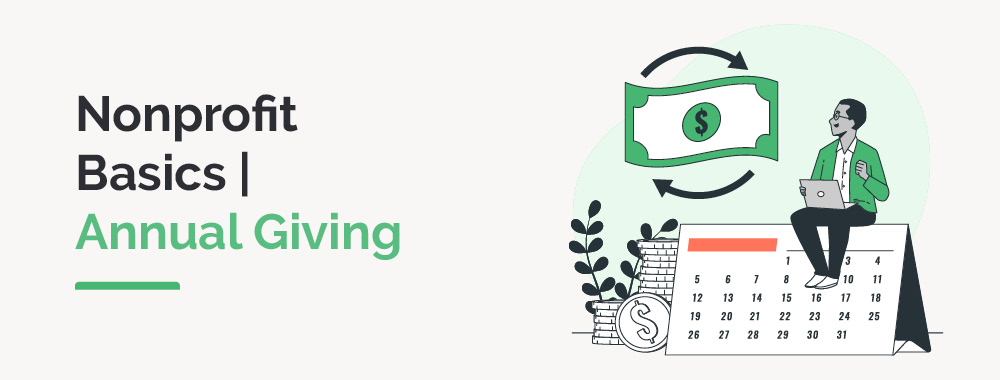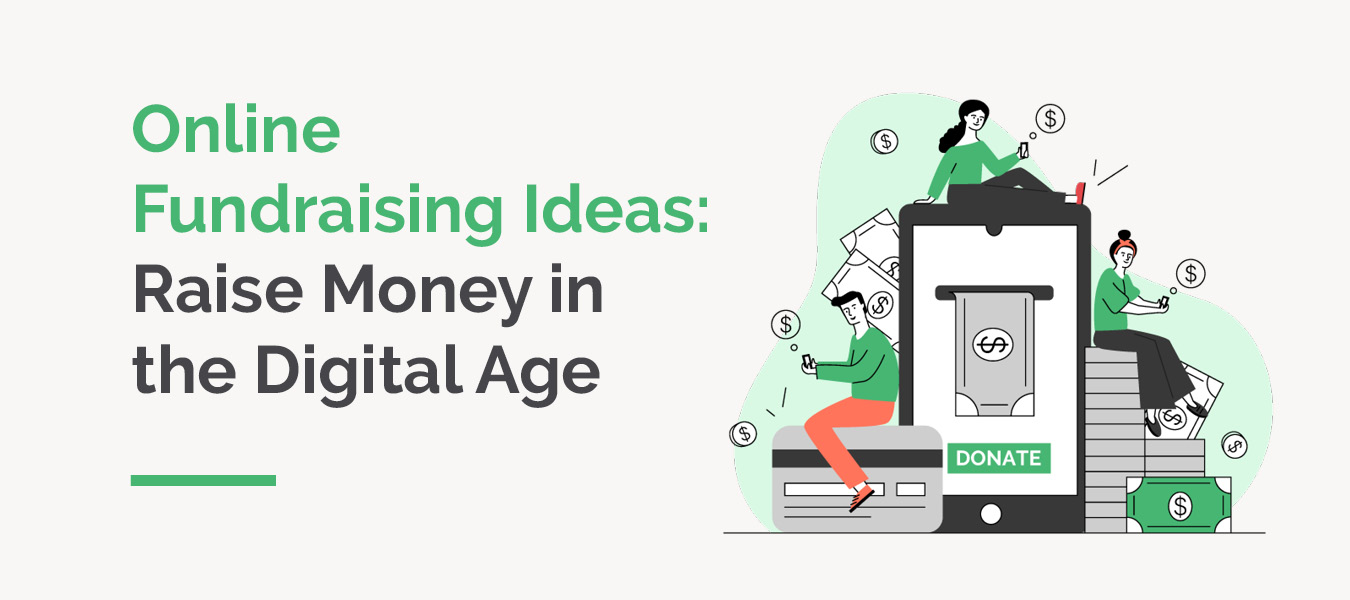Tag Archive for: fundraising

Nonprofit Basics: What is Annual Giving?
While it's widely understood that nonprofits raise funds to support…

Nonprofit Basics: Read-a-thon Fundraisers
Schools require a variety of educational resources and tools…

10+ Online Fundraising Ideas: Raise Money in the Digital Age
We all know that online fundraising is quickly taking the nonprofit…

